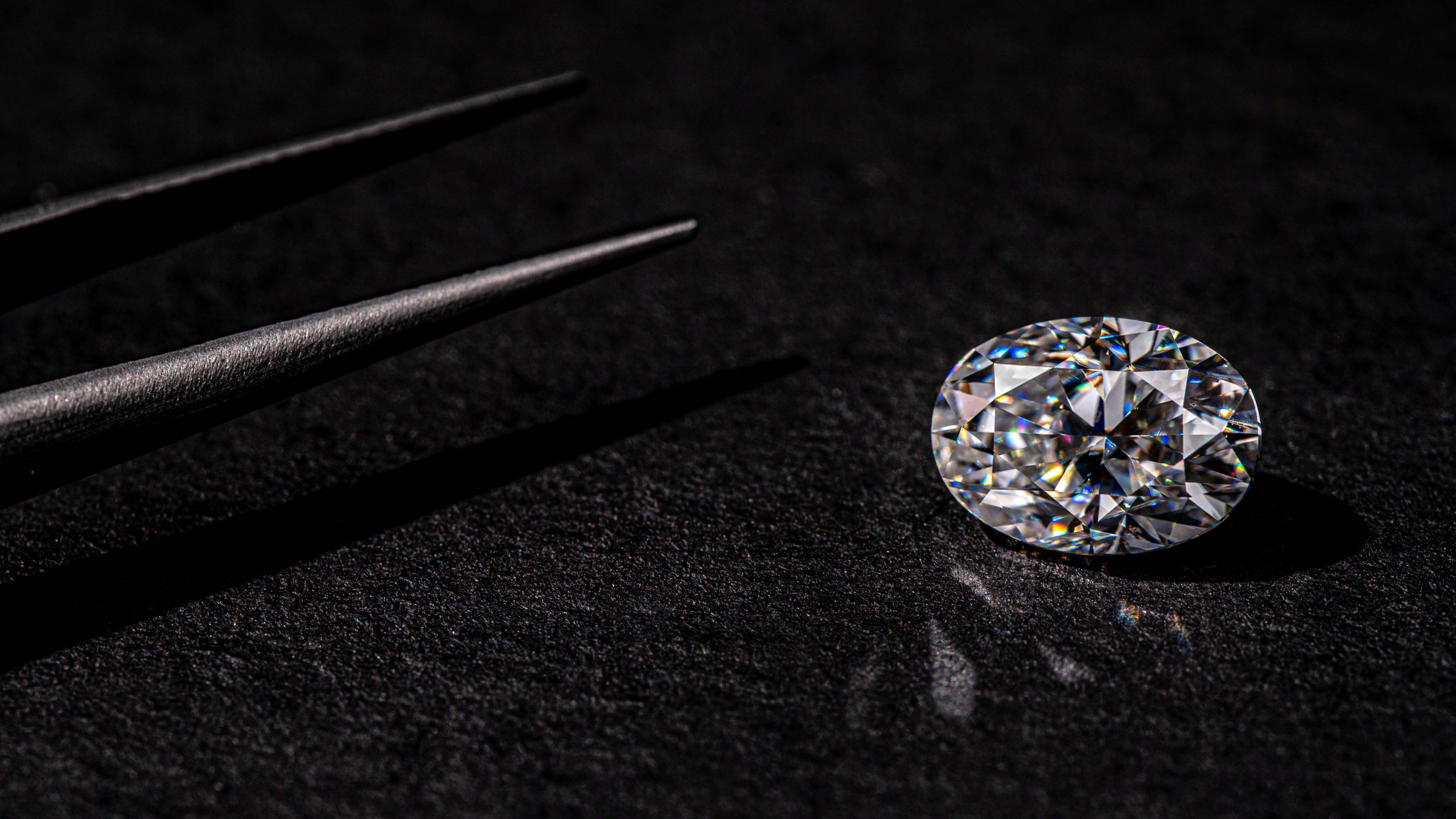
QUEENS, NYC
Lab Grown Diamonds
Virtually identical to their mined counterparts, lab grown diamonds are an excellent alternative to consider for your next piece.
Lab Grown Diamonds: An Enticing Choice for Your Next Piece.
If you’re in the market for a diamond piece, you may want to consider a lab grown stone rather than a natural mined one.
As the name suggests, lab-grown diamonds are diamonds that are created in a highly controlled laboratory. These diamonds have the same chemical composition as their natural counterparts, and are virtually identical with regards to their optical and physical properties.
With their growth in popularity, they offer an excellent alternative to mined diamonds, since they are more affordable and offer better value for the money. Not to mention, they are also better for the environment.
At AJ’s Jewelry, we are dedicated to offering our clientele the best quality possible, at the best price. We have a wide variety of loose lab-grown diamonds and lab-grown diamond pieces for you to choose from.
As the trusted jeweler in Queens NY for over 35 years, let us show you how lab grown diamonds can be the perfect choice for your next piece.
What Clients Are Saying
Lab Grown Diamond FAQ
Physically, chemically, and optically speaking, lab grown diamonds are virtually identical to natural diamonds.
What sets them apart is where they come from - lab-grown diamonds come from man, and natural diamonds come from the earth.
This aside, where lab grown diamonds differ is in the price and the environmental footprint they have.
Lab-grown diamonds typically have a 50% or more discount off equivalent mined diamonds, and creating them in a lab takes less energy and environmental resources than mining them from the earth.
It’s for this reason why lab-grown diamonds have become an attractive choice not only for the environmentally conscious consumer, but for everyone as a whole.
There are two primary methods of creating lab-grown diamonds - the High-Pressure High Temperature Method (HPHT) or the Chemical Vapor Deposition Method (CVD).
The HPHT method involves growing a diamond seed - an incredibly small crystal of diamond - by exposing it to immense pressures and temperatures to mimic the environment natural diamonds are formed in. The CVD method, in contrast, involves growing the diamond seed by subjecting it to energized gasses to progressively grow it into a larger stone.
The result of both these methods is the creation of a diamond that matches the chemical and physical characteristics of a natural one. Note though, that these technologies can produce inclusions that are unique to these processes not seen in nature. Identification inscriptions aside, this is another way that a lab-grown diamond can be identified from a mined one.
Lab grown diamonds typically have a microscopic identifier that indicates they were created in a lab. This identifier is incredibly small, and can only be seen with magnifications tools like a loupe. Furthermore, through the HPHT or CVD creation processes, lab-grown diamonds can have distinct inclusions that help identify them from mined stones.
No, moissanite and cubic zirconia (CZ) are not diamonds - lab grown diamonds are. Furthermore, moissanite and CZ have different physical, chemical, and optical properties. They have a lower hardness, and have a different refraction profile.
Lab-grown diamonds are graded upon the same 4Cs that mined diamonds are graded on. The 4Cs are as follows:
Color: This refers to the color of the diamond. In standard GIA grading, diamond colors range from D to Z, with D being colorless, and color turning more yellow as the grades approaches Z. On this scale, D diamonds are more expensive than their yellow counterparts. With this in mind, there is also a special class of diamonds that are colored, known as “fancy colored diamonds”. These diamonds can exhibit rare color hues like red or blue, and are typically extremely expensive. Fancy colored lab-grown diamonds can come at a fraction of the cost of natural fancy colored diamonds.
Clarity: This refers to the presence of blemishes or inclusions within the diamond (imperfections). Every diamond is unique, and can come with its own set of distinguishing characteristics and imperfections.
Cut: This refers to how well the diamond has been cut and faceted, from its raw form into its final state. This is commonly known as the most important C, since it’s the characteristic that has the most influence over the diamond's brilliance, fire, and scintillation. A diamond with an excellent cut will have the signature sparkle and charm that diamonds are known for.
Carat: This is probably the most widely known C. A carat is a unit of measurement used to measure the weight of a stone. 1 carat is equivalent to 0.2 grams. Note that like natural diamonds, the Gemological Institute of America grades lab-grown diamonds as well.
Contact Us
Have any questions regarding lab grown diamonds? Feel free to contact us below, or drop by our showroom for a free consultation


